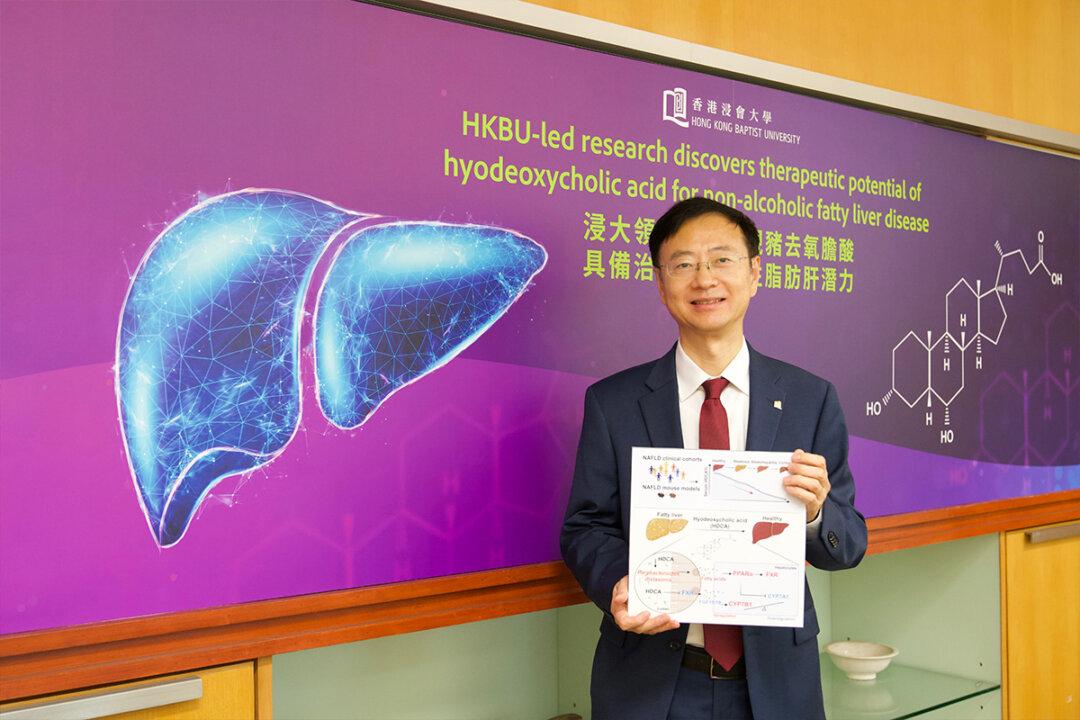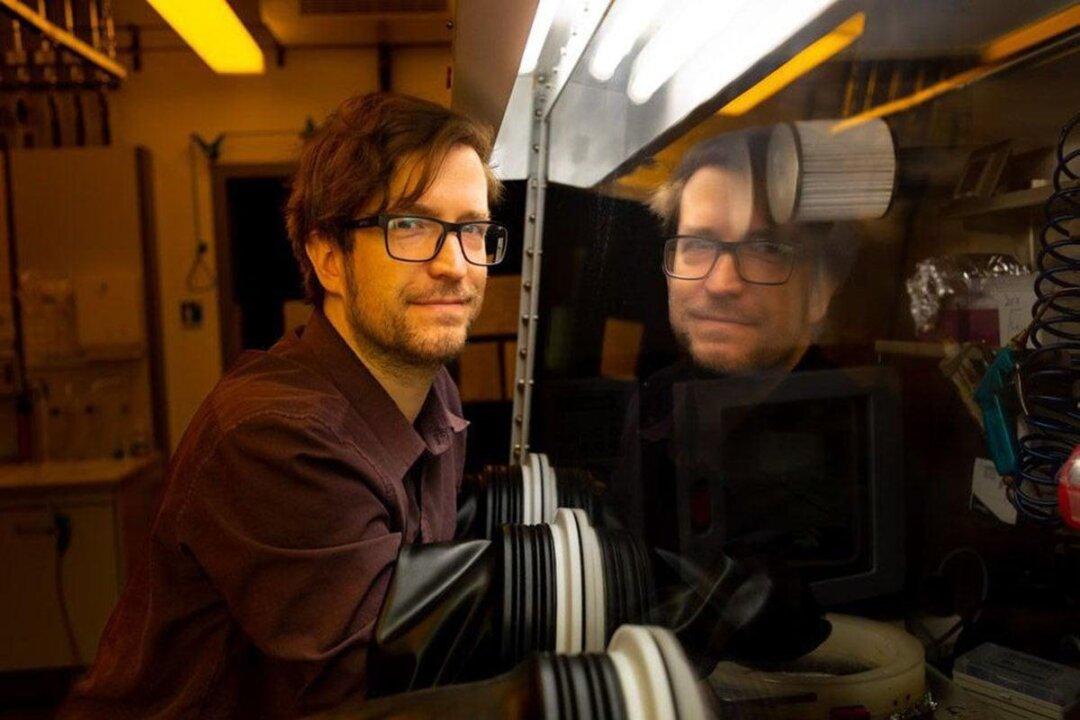Non-alcoholic fatty liver disease (NAFLD) is one of the urban syndromes. About 28 to 30 percent of adults in Hong Kong suffer from this disease, and the proportion is continuously on the rise. Some patients will even develop non-alcoholic steatohepatitis, which can lead to cirrhosis and liver failure in severe cases, and there are still no drugs to treat it. Hong Kong Baptist University’s (HKBU) latest research has found that a bile acid component, “hyodeoxycholic acid” (HDCA), produced in the human intestine, can reduce fat accumulation and inflammation in the liver and has great therapeutic potential.
NAFLD is one of the major causes of chronic liver disease and is characterized by the accumulation of excessive fat in liver cells and is not caused by alcohol consumption. A 2022 meta-analysis estimated that NAFLD affects 32 percent of adults. Some patients can develop non-alcoholic steatohepatitis, which is characterized by inflammation of the liver, or may progress to cirrhosis and liver failure. There are currently no approved drugs on the market for the treatment of non-alcoholic steatohepatitis.




